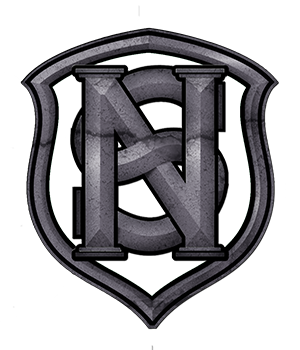HOW IT WORKS
The Laser Tattoo Removal Process
A tattoo is a permanent mark or design made on the body when pigment is inserted into the dermal layer of the skin through ruptures in the skin’s top layer. Modern-day tattoos are applied by using an electric tattoo machine with needles that rapidly puncture the skin with an up and down motion not unlike that of a sewing machine.
Lasers are used to destroy the pigments in the tattoo. Tattoo ink is a colored liquid and when the laser attracts to the color it crystallizes the ink…making it a hard substance. The body recognizes this crystal as a foreign object and either digests (metabolizes) it or pushes it out through the skins surface, much like a splinter. At the same time trying to keep scarring to a minimum.
The surface of the skin is “transparent” to the laser beam while the heat of the laser focuses at the precise level of the pigment. The pigment chars and breaks down into small particles that are removed by the body’s immune system.
Before lasers became popular for tattoo removal starting in the late 1980s, removal involved the use of one or more of these often-painful, often scar-inducing surgeries:
- Dermabrasion, where skin is “sanded” to remove the surface and middle layers;
- Cryosurgery, where the area is frozen prior to its removal;
- Excision, where the dermatologic surgeon removes the tattoo with a scalpel and closes the wound with stitches
Although the procedures above are still used in certain cases today, lasers have become the standard treatment for tattoo removal because they offer a bloodless, low risk, effective alternative with minimal side effects.
